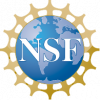STUDENT WORK


Final Projects
Both IDEAS curricula culminate with a showcase where students share their projects with the community. In addition to projects, the original curriculum asks makers to create a board to include with artifacts, naming the activities and materials they used for each and reflecting on their making process.
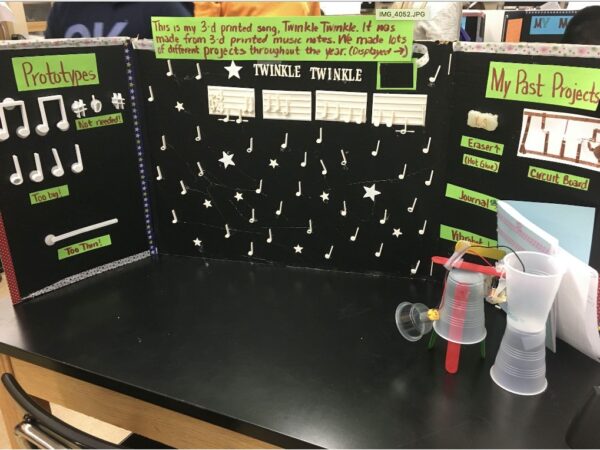
A student shares many objects from their making experience, prominently featuring the 3-D printed score of Twinkle, Twinkle Little Star, with annotated prototypes to the left. Learning is understood as an iterative process, with each attempt at executing a new skill a critical step towards one’s vision coming to fruition.
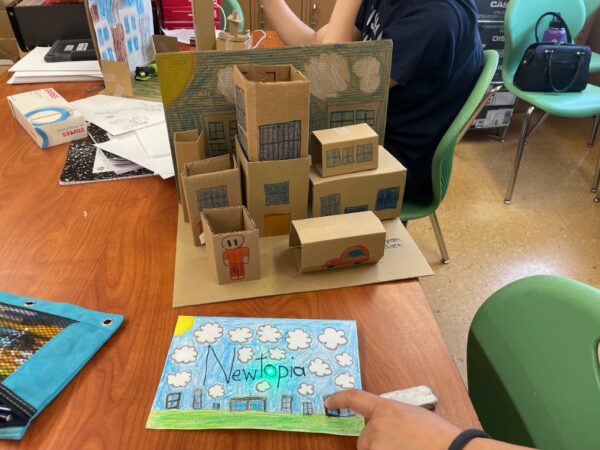
Learning how to score cardboard is a game changer for many. Not only can one make prisms of all sizes, but curving cardboard becomes an option too, allowing makers to shape a rigid material in a new way. And oh, that light up sign is pretty fabulous too! Increasing one’s materials literacy, understanding how materials and tools work, allows makers to create more complex pieces.
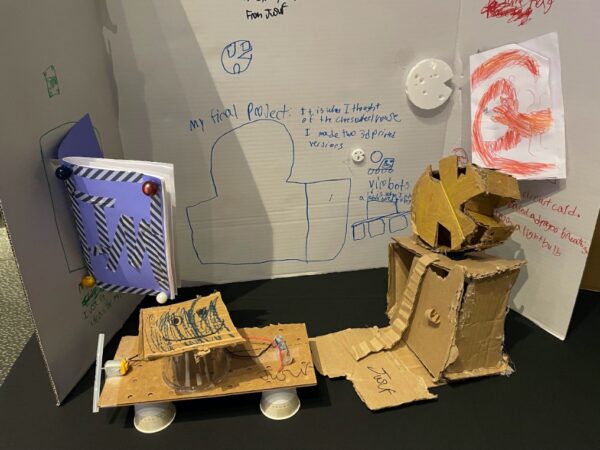
This final project display shows several artifacts, including a handmade journal, a light-up card with a dragon whose fire-breathing capacity is fueled by an LED, a cardboard construction of a cheese wheel house, and a drawn and 3D printed versions of the cheese wheel itself. In the foreground is a recycled-materials vibrabot, a bot whose movement comes from the shaking generated by an off-center weight (the hot glue stick) as it spins with the rotating motor shaft. Sewing, cardboard cutting, circuit making, and 3D printing are all represented through the personally meaningful creations.
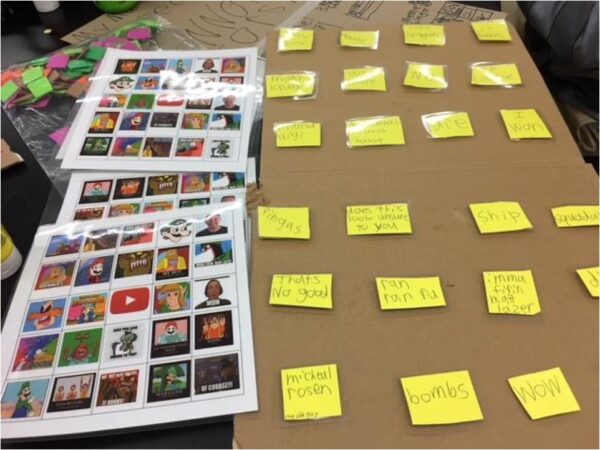
Making is a avenue for exploring and sharing one’s passions. This maker’s extensive knowledge of pop culture and memes became a bingo game, requiring special attention be paid to ensuring the right balance between the same and unique memes on each playing card. For many, succeeding in this game proved to be a real challenge!

Tee up! One maker’s love of golf translated into an 10-hole mini course. Integrating cardboard cutting and hot glue gun skills, as well as iterating through the Engineering Design Cycle multiple times for each golfing challenge, this maker delved deeply into a passion, inviting others to discover and play.
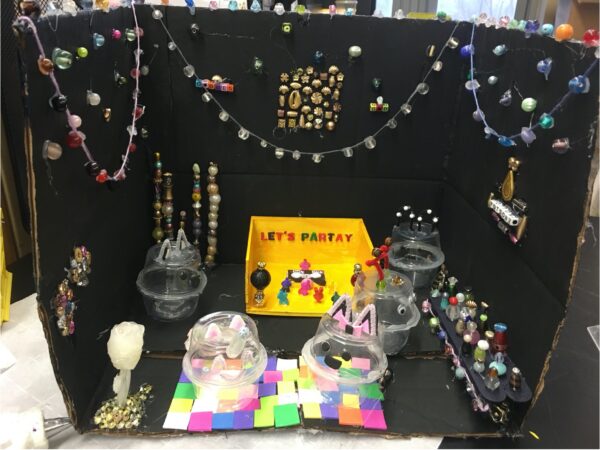
K-Pop is brought to the fore, complete with 3-D printed dancers and banner, festooned decorations, a potionz (spelling as designed!) table, and characters made from plastic cups and craft materials.
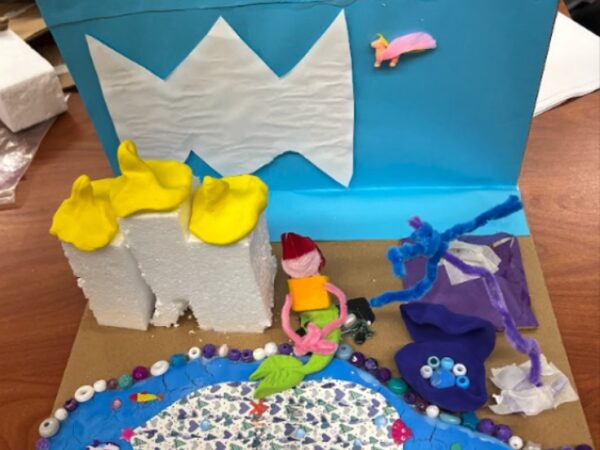
This maker relied on common craft materials, ones that many learning spaces have on hand, to make a hybrid land/water mermaid world come to fruition, complete with a treasure-holding clam and pegasus. The fine motor skills required to manipulate clay, cut foam and paper, glue beads, twist pipe cleaners, and place stickers are as significant a learning and practice opportunity as is being able to take an idea in one’s mind and then make it to share with others.
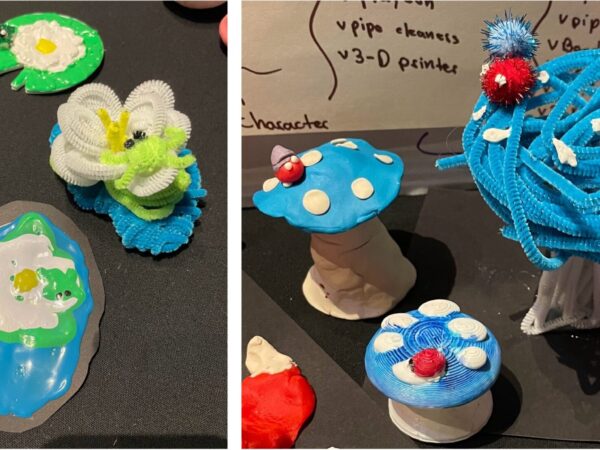
IDEAS curricula serve as guides to making activities; if you’re comfortable, riff on the activities or invent new ones! One teacher challenged makers to recreate an object out of different materials. Students develop their materials fluency as they create with air dry clay, CAD software and printing filament, or pipe cleaners. Each has their own affordances and constraints, which students discover each time they create a new version.



